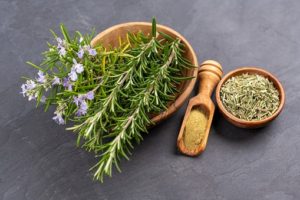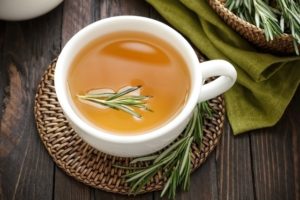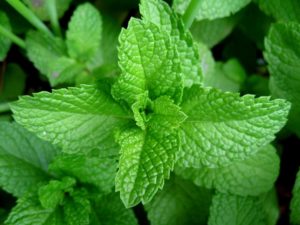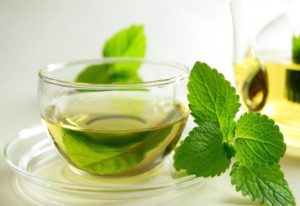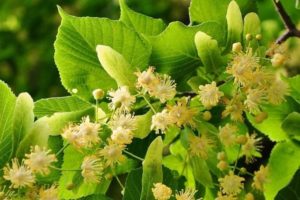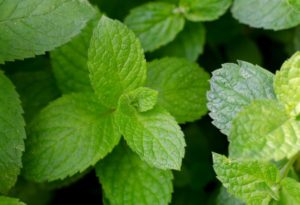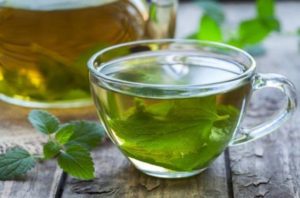Auxiliar en el tratamiento de Cólicos, inflamación frialdad, regulador menstrual y bochornos.
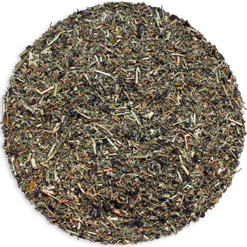
Esta mezcla de Fenogreco Trigonella foenum-graecum (Eficaz como remedio ginecológico por su efecto antiinflamatorio y antiespasmódico para aliviar el dolor menstrual y la mastalgia así como los síntomas recurrentes de la dismenorrea), Tepezcohuite Mimosa tenuiflora (Analgésico empleado para combatir dolores), Caléndula Calendula officinalis (Debido a que contiene flavonoides, unos reparadores de los vasos sanguíneos y de la circulación, normaliza la cantidad y la frecuencia de la menstruación. Además, es antiespasmódico y disminuye los dolores uterinos), Cancerina Semialarium mexicanum (Sirve para curar flujos vaginales, úlceras e inflamación de los riñones) y Zarzaparrilla. Smilax aspera (Eficaz como tónico digestivo, para paliar digestiones pesadas y otros trastornos intestinales, con diarrea o cólicos).
Tomar 1 o 2 tazas al día de este suplemento herbolario. Este producto no debe ser sustituido por ninguna dieta variada ni tampoco sustituye a ningún medicamento.

Siempre es bueno estar informado al 100% y consultar con tu médico de confianza antes de tomar cualquier suplemento.
Producto 100% natural, su uso está destinado al consumo como alimento.
EL CONSUMO DE ESTE PRODUCTO ES RESPONSABILIDAD DE QUIEN LO RECOMIENDA Y DE QUIEN LO USA
REFERENCIAS
Nagulapalli Venkata KC, Swaroop A, Bagchi D, Bishayee A.Mol Nutr Food Res. 2017 Jun;61(6). doi: 10.1002/mnfr.201600950. Epub 2017 Apr 27.PMID: 28266134 Review.
It is estimated that about two-thirds of world population depend on traditional medicine for primary medical needs. Fenugreek (Trigonella foenum–graecum Linn.), a short-living annual medicinal plant belonging to Fabaceae family, is used extensively in various …
2) Chemical study of Mimosa tenuiflora barks.
Amariz IAE, Pereira ECV, Alencar Filho JMT, Silva JPD, Souza NAC, de Oliveira AP, Rolim LA, Pereira RN.Nat Prod Res. 2020 Sep 14:1-5. doi: 10.1080/14786419.2020.1813135. Online ahead of print.PMID: 32924595
Mimosa tenuiflora (Willd.) Poir., popularly known as «black jurema», is a plant that is predominant in the Caatinga Biome. …The objective of this study was to evaluate the chemical and pharmacognostic characteristics of the Mimosa tenuiflora bark usi …
3) A systematic review of Calendula officinalis extract for wound healing.
Givol O, Kornhaber R, Visentin D, Cleary M, Haik J, Harats M.Wound Repair Regen. 2019 Sep;27(5):548-561. doi: 10.1111/wrr.12737. Epub 2019 Jun 20.PMID: 31145533
Use of complementary and alternative medicine for wound healing is influencing mainstream medical practice. This systematic review evaluates the role of Calendula officinalis flower extract as monotherapy compared to control for wound healing in vivo. …Animal stud …
Maldonado-Cubas J, San Martin-Martínez E, Quiroz-Reyes CN, Casañas-Pimentel RG.Physiol Mol Biol Plants. 2018 Nov;24(6):1185-1201. doi: 10.1007/s12298-018-0580-x. Epub 2018 Jul 23.PMID: 30425433 Free PMC article.
The root bark of Semialarium mexicanum (Miers) Mennega (cancerina) is traditionally used in Mexico to treat cancer. …Extracts of S. mexicanum root bark in petroleum ether, ethanol, and water were obtained by ultrasound-assisted extraction. …
Qi ZC, Shen C, Han YW, Shen W, Yang M, Liu J, Liang ZS, Li P, Fu CX.Appl Plant Sci. 2017 Apr 11;5(4):apps.1700005. doi: 10.3732/apps.1700005. eCollection 2017 Apr.PMID: 28439478 Free PMC article.
PREMISE OF THE STUDY: Although several microsatellite markers of Smilax aspera (Smilacaceae) have been reported in a previous study, due to universality issues in cross-population amplification, we have newly developed microsatellite markers for S. aspera bas …



